5. The Discreet Charm of the Bourgeoisie
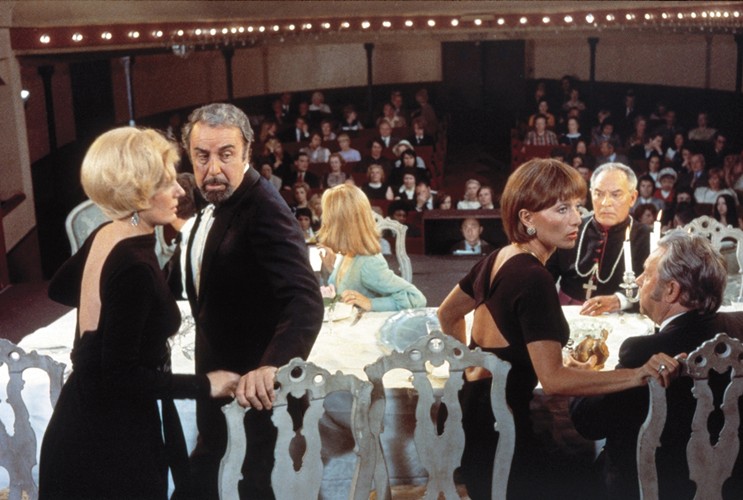
A list about storytelling need Luis Buñuel on it. In fact, a worthy entry would be his very first film, Un Chien Andalou: although it could seem strange to have a surrealistic short film as an example of storytelling, Buñuel’s debut (made in collaboration with Salvador Dali) was the defining example of a new genre of cinematic story, the surreal one. In the following years, Buñuel went on to make numerous other masterpieces in his particular style.
The Discreet Charm of the Bourgeoisie (1972) is one of them, and arguably his most successful. Those who had not kept up with his filmography up to that point had to hear about the film, also due to its many accolades (including an Academy Award for Best Foreign Language Picture). This gave The Discreet Charm of the Bourgeoisie international attention, thus making it the defining surrealistic film from the Seventies onward.
Buñuel’s signature mixture of oneiric narration and social commentary is at its most refined in this film, and really hits its mark. The transitions between dreams and what seems like reality is dizzyingly effective, as is the relentless attack on the vanity and vacuity of the wealthy protagonists. Everyone who makes a film that combines dream sequences and reality, or that ventures into surreal territories, owes something to the influence of Buñuel.
4. City Lights
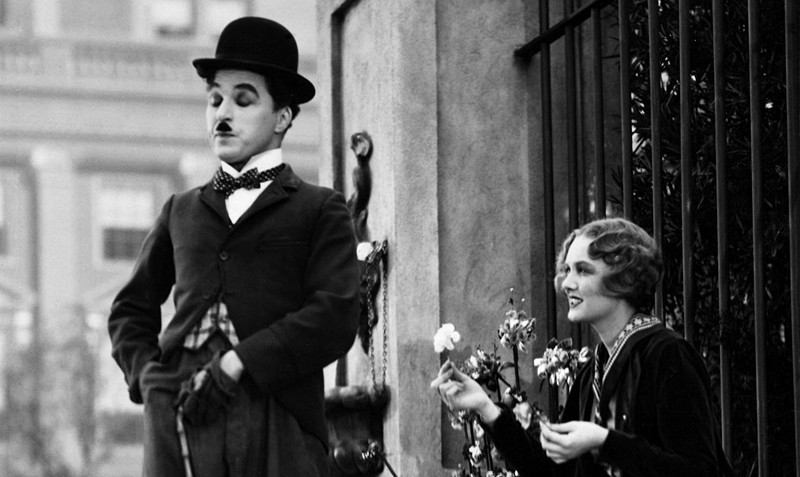
The story behind City Lights is well known and one of the more interesting in cinema history: while the “talkies” (the first movies with sound) had become the most popular type of film, Charlie Chaplin decided to produce a silent film like the ones he had made up to that point, remaining faithful to the style he had developed. When it came out in 1931, City Lights proved to be an enormous success with the public, and the critics fell in love with it.
Not only that, but as the years passed, the film got even more recognition, and became a personal favorite of many of the greatest directors of classic cinema: Kubrick loved it, as well as Andrei Tarkovsky, who thought that the film (as well as the rest of Chaplin’s filmography) “can never grow old”. Federico Fellini and Woody Allen were also influenced by it. This explains the high regard by which the film is still held.
The story is a pitch-perfect comedy with a moving depiction of romanticism in its purest form. The blindness of the Girl and the naïveté of the Tramp work together to make an exciting, hilarious and moving story.
3. Rashomon
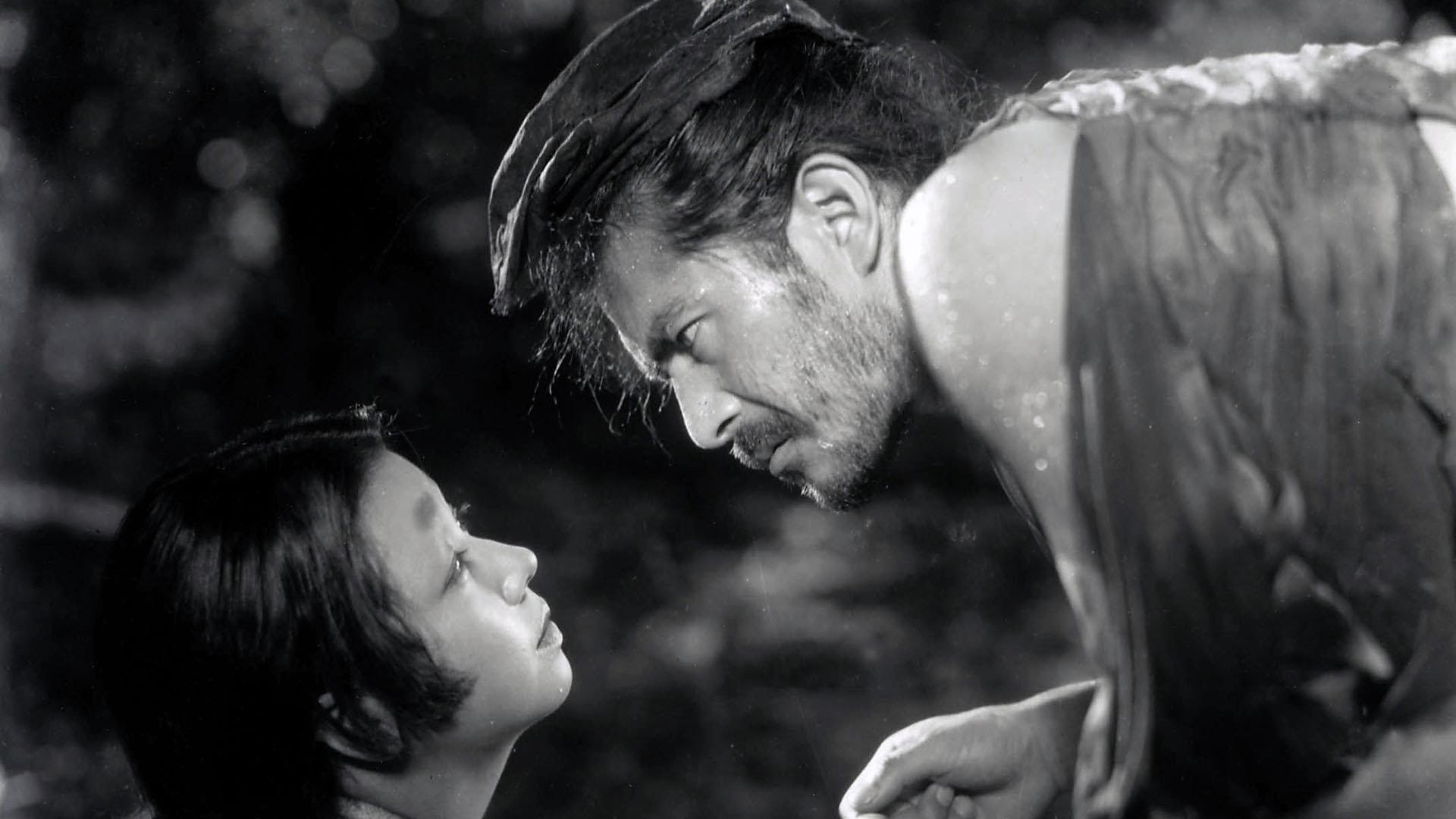
Rashomon is one of Akira Kurosawa’s most renowned works. It is also one of the most recognized and known Japanese films, and usually one of the first classic films a beginner encounters from that country. Its storyline has become one of the most influential examples of multiple narrative.
This storytelling device is employed in the film by telling the same episode through different point of views, leaving a sense of uncertainty on the viewer. A woman has been raped, and her husband, a samurai, has been killed. We see how things went through the tale of the alleged murderer, then the wife, followed by a seemingly objective witness who passed by the scene, and even the murdered samurai, who is summoned by a medium.
By the end of the film, no point of view is revealed as the true one, and the spectator is left wondering what actually happened. One could choose one of the reports, or make up his own by combining elements of the four retellings.
Kurosawa is a storyteller known for his soft touch, and has a delicate approach to the story which is an element shared by other great Japanese directors like Ozu. The influence of Rashomon on storytelling has also reached television shows, which sometimes employ a similar narrative device (and the show runners usually acknowledge the films’ influence on them).
2. Pulp Fiction
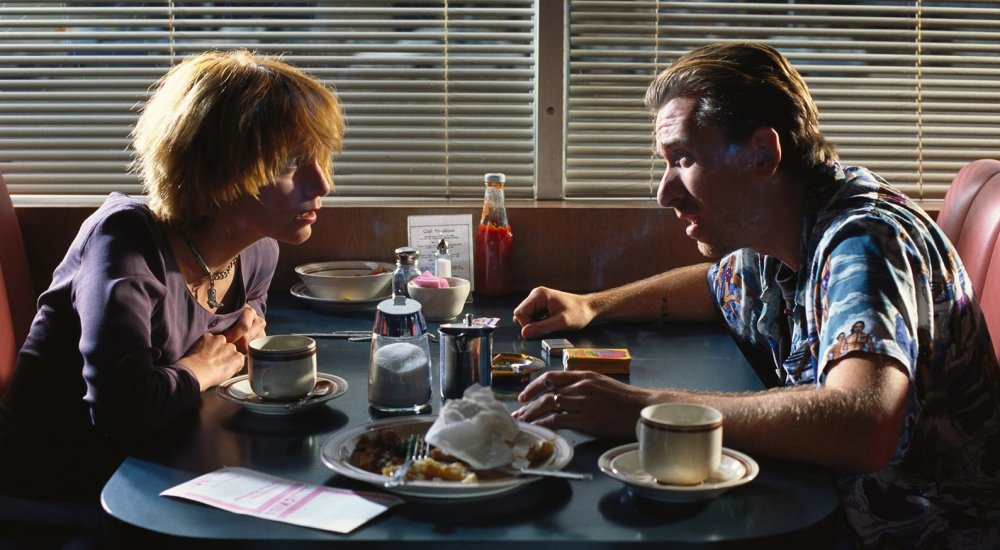
Quentin Tarantino’s second feature film propelled him to international fame and recognition, and made him the powerhouse director he still is now. The film came out in 1994, and is rightfully seen as a defining moment in the 1990s, not only in the world of cinema but for the shared culture in general. Samuel L. Jackson, John Travolta, Uma Thurman and Bruce Willis all saw their career get a boost and became idols for a new generation.
All of this happened because of Tarantino’s truly original cinematic voice. Stylistically, Tarantino draws from his enormous knowledge of cinema, but from a strict storytelling point of view, he truly is original.
The strength of his scripts lies in the ability to combine various point of views and play with them through a non-linear narration; in fact, Pulp Fiction’s influence is proven by the great popularity the concept of non-linear narration saw in the subsequent years. Tarantino’s dialogue is also one of the most imitated aspects of the film. Many tried to copy his dizzying and dialogue-heavy style of writing, usually falling short of making it as believable.
1. The 400 Blows
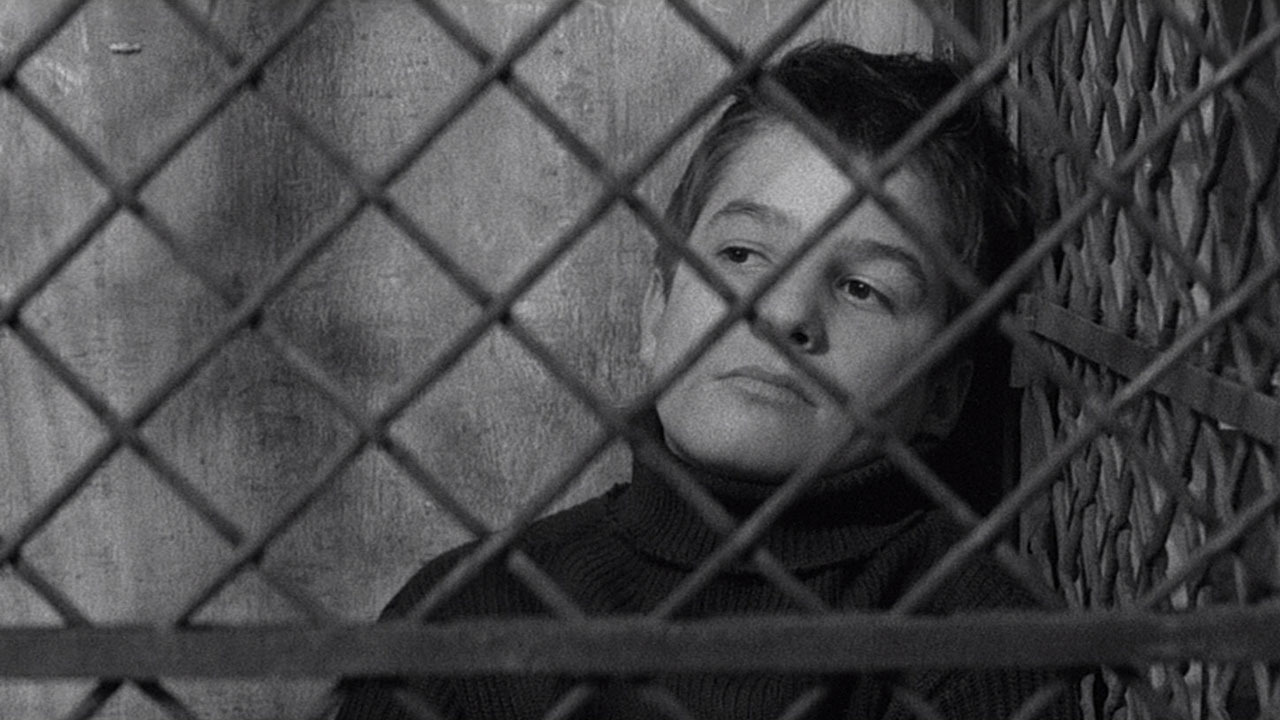
Many movies can be rightly called masterpieces, but only a few of them truly made a paradigm shift in cinema history. Paradigm shift means a radical change of perspective in the way something can be made, in this case a film.
Out of the Nouvelle Vague movement came a new way to look at films, mixing an appreciation of classics with a smart re-evaluation of commercial cinema (like Alfred Hitchcock’s). Soon, film experts like Francois Truffaut and Jean-Luc Godard put these ideas into practice.
Truffaut’s The 400 Blows is technically not the first film to come out of the Nouvelle Vague movement, but it is definitely the most influential out of this first period of cinema history. The photography, the script, the realism and the unapologetic depiction of Paris in its best and worst aspects: all of this, and more, made the film a completely original viewing experience.
The film is a must-watch and has had an enormous influence on cinema from the rest of the Sixties, but also on modern cinema, which has looked up on Truffaut’s touch for realism and for the depiction of urban melancholy. The 400 Blows gave visibility too a new way of storytelling in cinema, and for that reason is still highly influential.